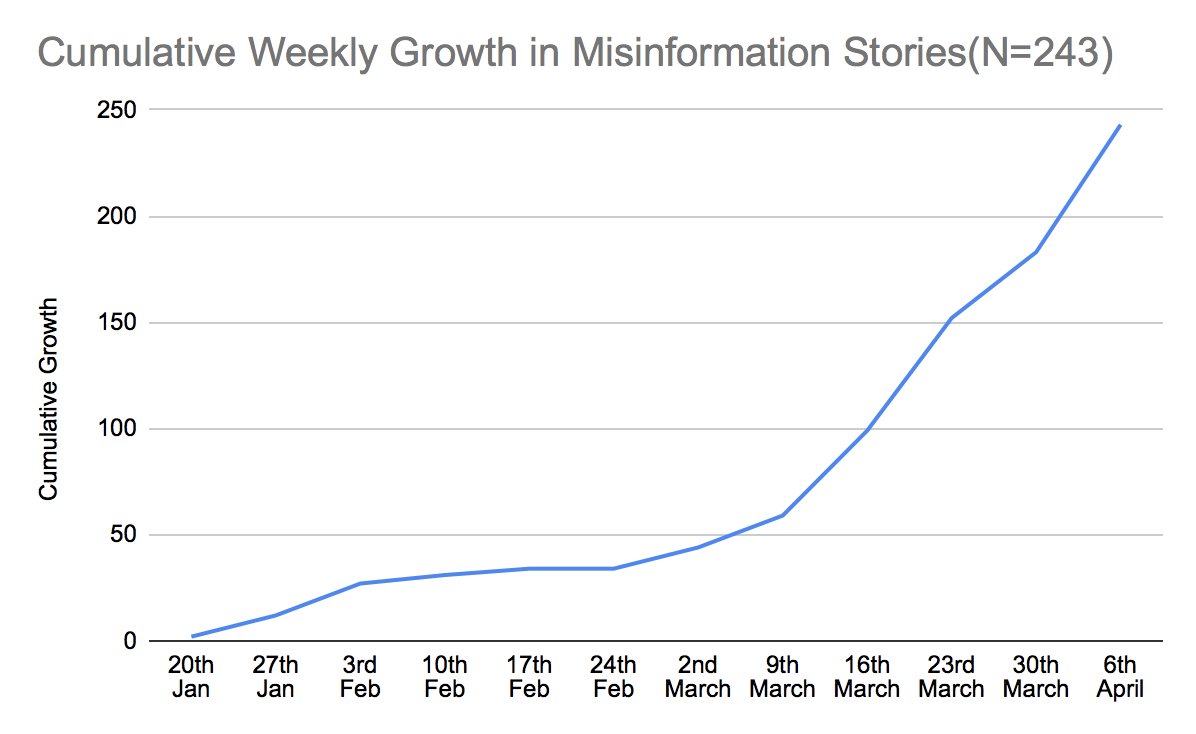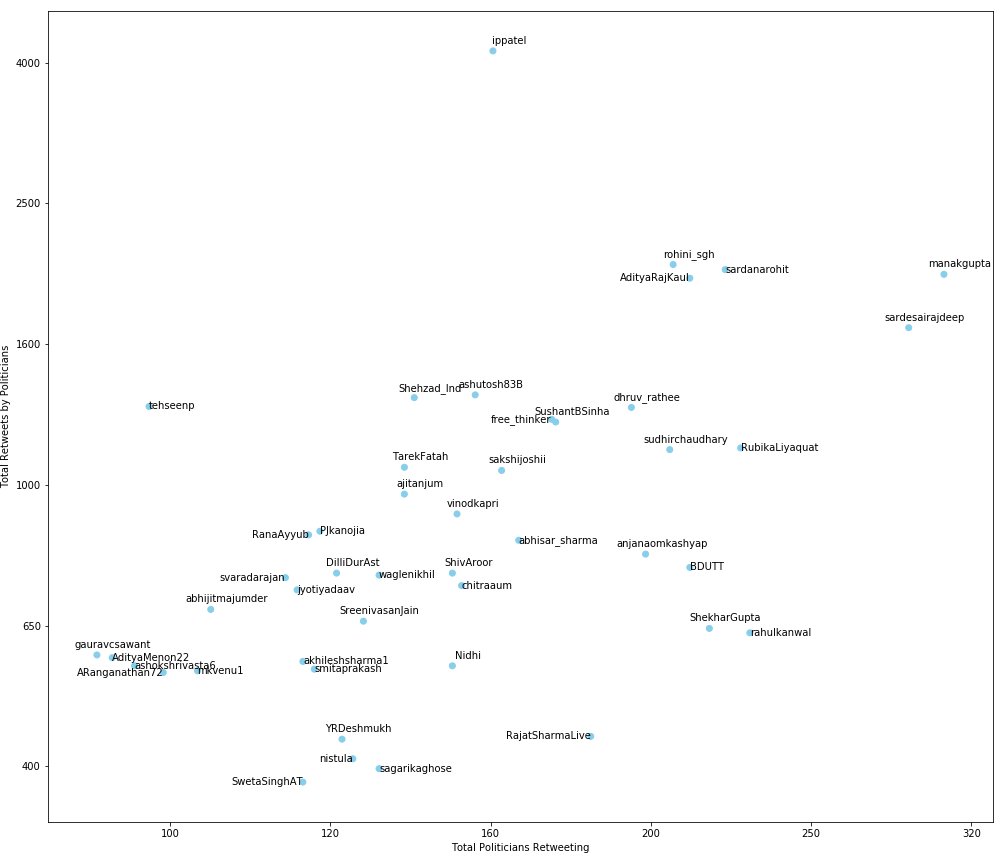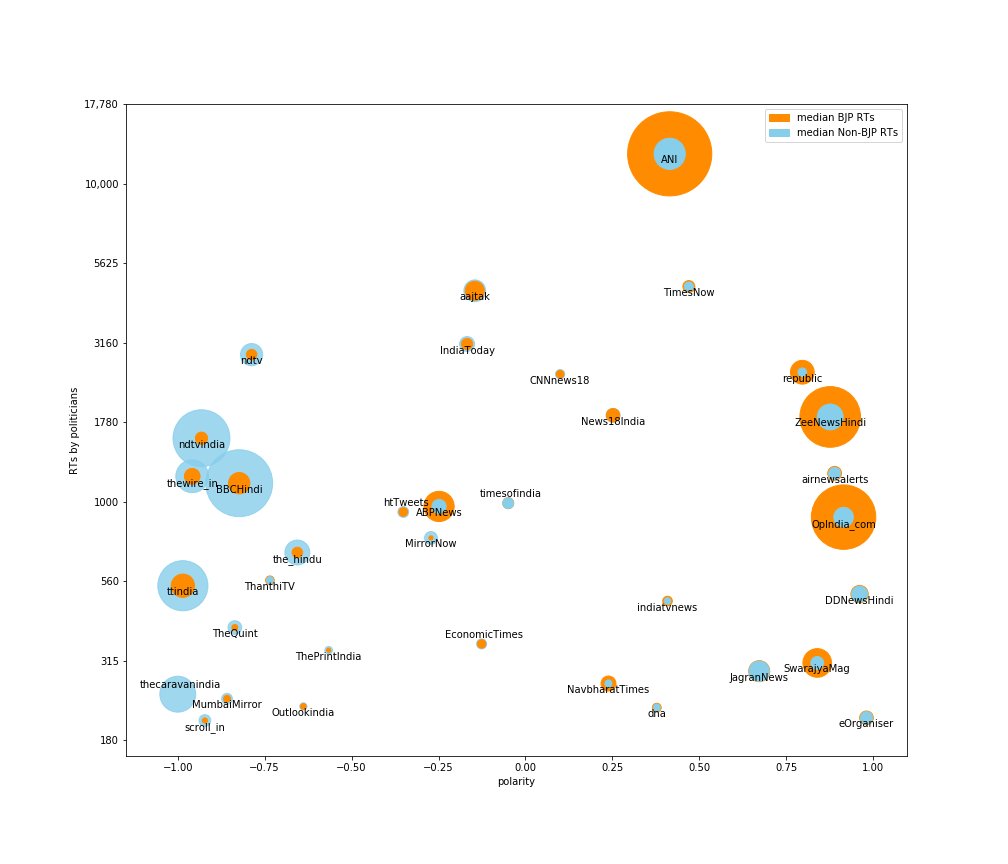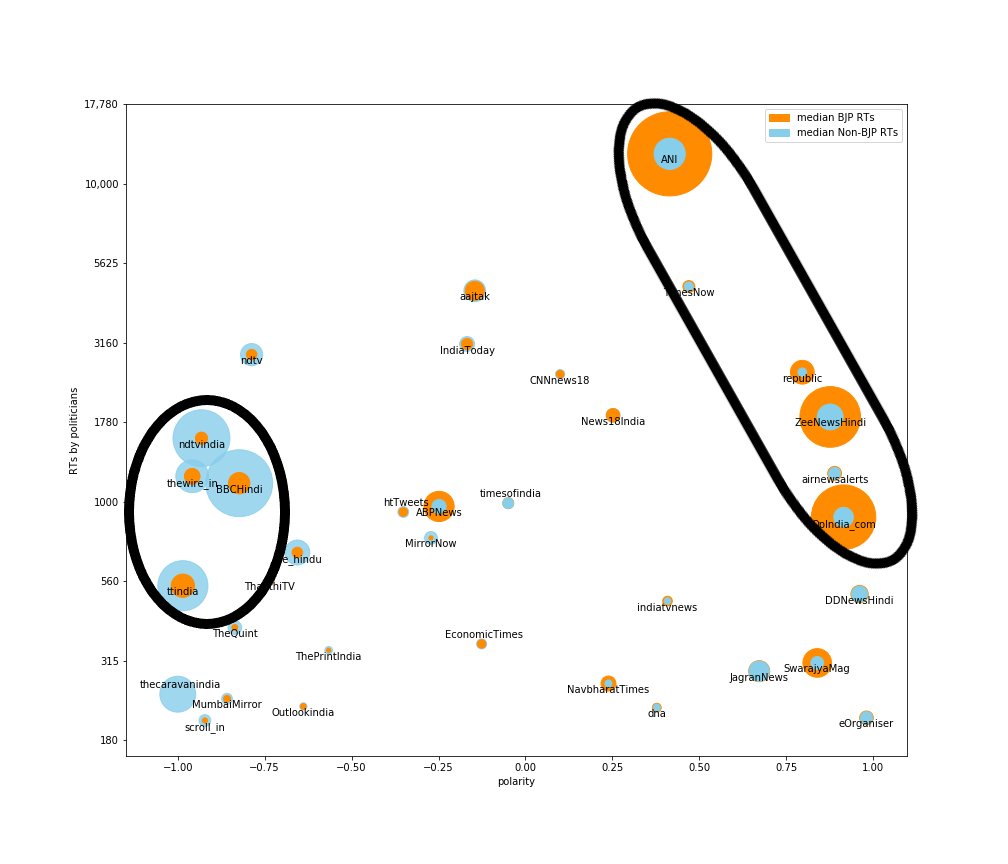
Paper on the history of disability in Indian cinema from Jeevan Naiya (1936) to Guzaarish (2010) shows role of mythology in how films have portrayed disabled characters on screen. key themes: Disability is (a) punishment (b) curable (c) asexual (d) social maladjustment
thread:
thread:

Disability as Punitive: Pran blinded in Aadmi (1968), MR Radha disfigured in Ratha Kaneer (1954). This idea derives from a mythological notion of punishment through disability, eg Amba/Ambalika's children in Mahabharata, Samba cursed with leprosy in Samba Purana 

Disability as curable: Films with cured blindness, disabled walking after inspirational songs etc. (Basant 1942, Kannan en Kadhalan 1968) Mythological characters cured of disablement after penance/knowledge eg Samba, sage Ashtavakra.
Moral: try hard enough, you can 'fix' it
Moral: try hard enough, you can 'fix' it

Disability as incompatible with sexuality: tragic disabled woman - heroes' sisters unable to get married, men/women desexualized/unfit for relationships due to disability. Mythological characters desexualised by disablement/injury incl Surpanakha, Ajamukhi. 

Disability sexuality (contd.) - equivalence. Disabled character only partners with other disabled character, or is cured of disability prior to partnership with lead character (Sunayna 1979, Punyam 2001), eg Pious Gandhari blindfolds herself for blind husband. 

Disability as maladjustment: Pious women/children are caregivers or breadwinners because their fathers/mothers/husbands/brothers are disabled (Paalum Palamum 1960, Kaalia 1981). eg. mythological sage Chyaavana's and his wife Sukanya 

Disability as maladjustment (contd): Vengeful disabled characters including most roles by Lalita Pawar, MGR in Nerum Neruppum (1971), Ram Tera Desh (1984), Vaali (1999) eg Shakuni from Mahabharata. 

Disability as maladjustment (contd): Incompetence/dependence - disabled sisters of heroes, incompetent disabled men Lawaris (1981). Mythological connections - Shantanu and Gyanavati from the Ramayana, incompetent leadership by Dhritarashtra 

There are other themes as well, such as disability bestowing extra powers (Blind can hear far, Deaf can seamlessly lipread etc). Also newer movies are changing somewhat.
Link to full paper:
joyojeet.people.si.umich.edu/wp-content/upl…
Link to full paper:
joyojeet.people.si.umich.edu/wp-content/upl…
In Ratha Kaneer, pictured above, the protagonist MR Radha is disabled in the end, for living a licentious life, in a manner akin to Samba's leprosy
In Naan yen Piranthen (1972) MGR sings an inspirational song to make Kanchana leave her wheelchair and start walking.
In Vasanthiyum, Laksmiyum Pinne Njaanum (1999), the hero is shown as a simple-minded blind man, but with extraordinary physical strength. The director Vinayan did several films where the lead character is disabled, like other filmmakers who made a niche with "disability films"
In Arzoo (1965) the heroine Sadhana tries to cut her foot off in a timber saw since she wants equivalence with her lover Rajendra Kumar who has a prosthetic foot, and is therefore trying to not burden her by marrying her.
in Kaalia (1981) Parveen Babi has to become a bar dancer to support her disabled mother
Gora aur Kala (1972) features twin Rajendra Kumars (!). The good twin is fair skinned, the evil twin wears blackface and is disabled and vengeful.
in Lawaris (1981) the hero Amitabh Bachchan helps out disabled man Suresh Oberoi who is unable to earn a living or take care of his sister.
• • •
Missing some Tweet in this thread? You can try to
force a refresh












